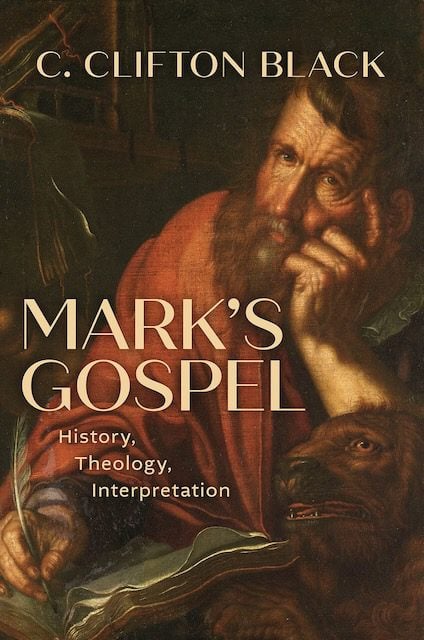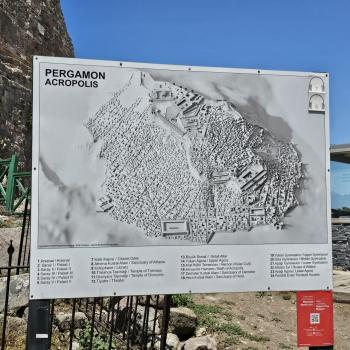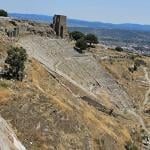Q. I wondered about chiasms, which seem to me a visual device, but Mark’s Gospel in the main was not read by early Christians, it was heard by most of them, and it was intended to be an oral and rhetorical text, not a visual one. The reader in Mk. 13 is surely the lector who read it out to the congregation, not the audience, as Rev. 1.1-4 makes clear— noticing the distinction between the one who reads it out loud and those who hear it. Chiasms unless they are very tightly bunched together in a span of a very few verses cannot be heard and processed, especially if one then has to rethink while the reading is continuing, where was the creme-filled center of that chiasm. Why do you think we can find chiasms in this document if it is by and large an oral and aural document?
CCB: Ancient rhetoricians regarded chiasmus—a reversal of grammatical structures in successive phrases or clauses—not as a visual device, but as an oral and aural instrument. For the speaker it could serve as an aide-memoire; for the listener, as a subliminal register of meaning. Mark recalls Jesus as speaking chiastically: “For there is nothing hid, except to be made manifest; nor is anything secret, except to come to light” (4:22). To this day such turns of phrase, and the points they are making, are embedded in our memories. Ecclesiastes: “A time to kill, and a time to heal; a time to break down, and a time to build up” (3:3). Shakespeare: “Fair is foul and foul is fair” (Macbeth 1.1). John F. Kennedy: “Mankind must put an end to war, or war will put an end to mankind” (address to the United Nations General Assembly, 25 September 1961).













